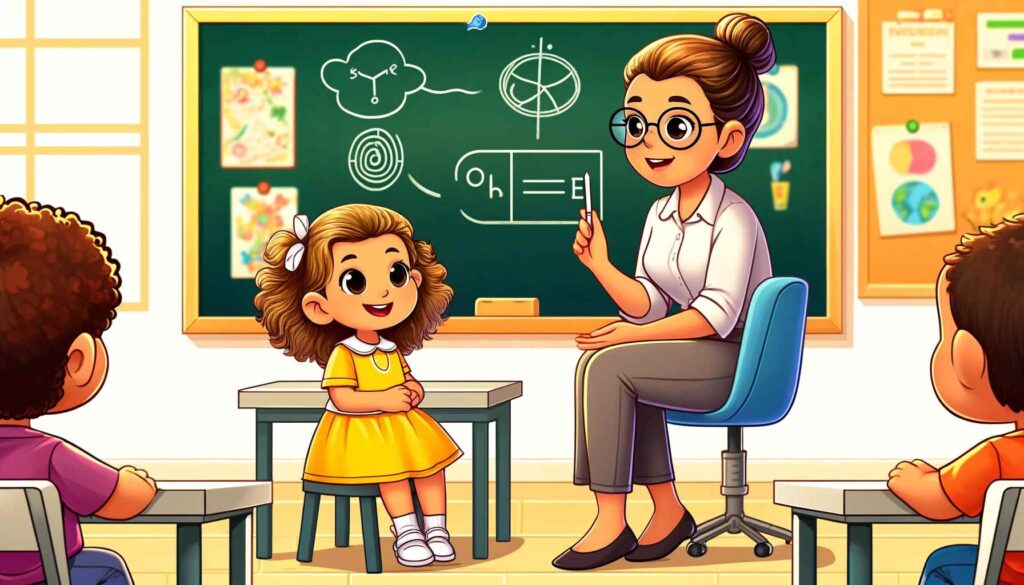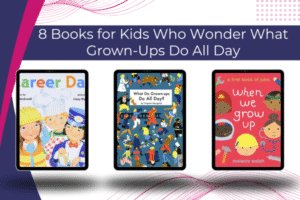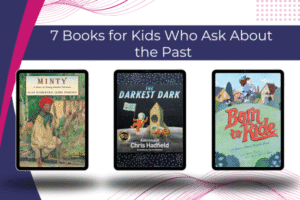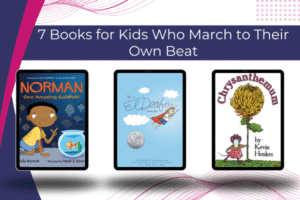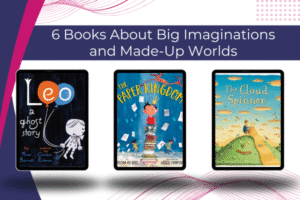Notes from Shifting the Balance: 6 Ways to Bring the Science of Reading into the Balanced Literacy Classroom
Shift 1: Rethinking How Reading Comprehension Begins
What is listening comprehension?
Listening comprehension is the capacity to understand spoken language.
In order for a child to comprehend a text (via our listening brain) enough words on the page have to activate language we already have in our heads.
What this means is that reading comprehension begins before children have even started to decode words on a page.
And it begins with the first comprehensible input that they receive, i.e. conversations, and hearing and sharing stories.
How does listening comprehension work?
Listen comprehension involves 3 different processing systems in your brain.
- Phonological system: Listens for and produces speech. It gathers chunks of meaning from spoken language.
- Meaning system: It collects and stores word meanings, then retrieves those meanings for use later.
- Context system: Works with the meaning system to put words into a larger context to decide which meaning fits each context.
To get a better idea of these 3 processing systems read this passage:
We tried to get rid of the squirrel, but he loved it too much. Even though the squirrel was still around, the rabbit began to show up regularly. And the duck, with its incessant noise, seemed to always be about the house.
You probably understood the meaning here, but your thinking shifts with each new context clue.
And when you read the title, The Puppy’s Toys, your context and meaning system work together to help you to fully comprehend the entire passage.
Another example:
“Cards are really important to my husband.”
Phonological system: Recognizes the word cards.
Meaning system: Reviews stored vocabulary for possible meanings.
Playing cards
Greeting cards
Social Security cards etc…
Context system: Considers the surrounding context, background knowledge, and language structure to choose the appropriate meaning and form a hypothesis
Your hypothesis may be something like, “She and her husband like to play cards.”
When meaning gets disrupted with new context —”He never wants our kids to get a birthday gift without the perfect card”
This prompts the meaning processing system to reevaluate.
